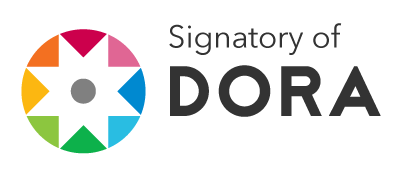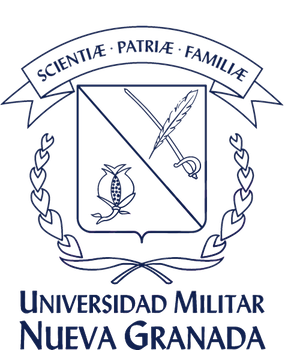Submissions
Submission Preparation Checklist
As part of the submission process, authors are required to check off their submission's compliance with all of the following items, and submissions may be returned to authors that do not adhere to these guidelines.- The submission file must be in Microsoft Word format.
- The article is original and unpublished, of the author's own work, and has not been previously published or submitted to another journal, or an explanation has been provided in the comments to the editor.
-
The Editorial Policy established by the journal is accepted.
- The completed originality declaration and rights transfer form is attached.
-
The biomedical journal guidelines for research articles are attached.
- All authors of the article have been registered on the Open Journal System (OJS) platform, and they are fully aware that, after submission, no additional authors can be added.
- The text meets the content, presentation, style, and reference requirements specified in the Author Guidelines.
- The theme, type, and language of the text correspond to the focus and scope of the journal.
Privacy Statement
Privacy Statement and Use of Data
Due to the reception of articles and the peer review process, Editorial Neogranadina maintains a record of the personal information of authors, reviewers, and readers in its databases, to provide adequate support for the processes it manages. The handling of this data follows the information security policy outlined by the University in Resolution 4352 on November 17, 2016, Article 18, regarding its information systems:
Item 10: "The information stored in the databases of the Universidad Militar Nueva Granada’s information systems is and will be used in the development of its core functions as a higher education institution, either directly or through third parties."
Item 11: "The information stored in the databases of the University's information systems or in any storage medium must comply with the current and effective Manual of Privacy Policies for Personal Data of the Universidad Militar Nueva Granada; the user is responsible for the data within the infrastructure."
The journal adheres to the Manual of Privacy Policies for Personal Data of the Universidad Militar Nueva Granada, regulated by Resolution 3225 of December 2, 2013.
Article 11: "The collection, storage, use, circulation, or deletion of personal data by the Universidad Militar Nueva Granada requires the free, prior, express, and informed consent of the data subject."
Article 21: "Ownership of personal data. The Universidad Militar Nueva Granada will always acknowledge that personal data belongs to the individuals it refers to, and only they can decide about it. In this sense, the University will use the data solely for those purposes for which it is duly authorized, respecting the current regulations on personal data protection."
This information will be shared, for academic or educational purposes, with entities that accredit, classify, or evaluate productivity, such as the Ministry of Science, Technology, and Innovation (Minciencias), Publindex, or international indexing systems.










